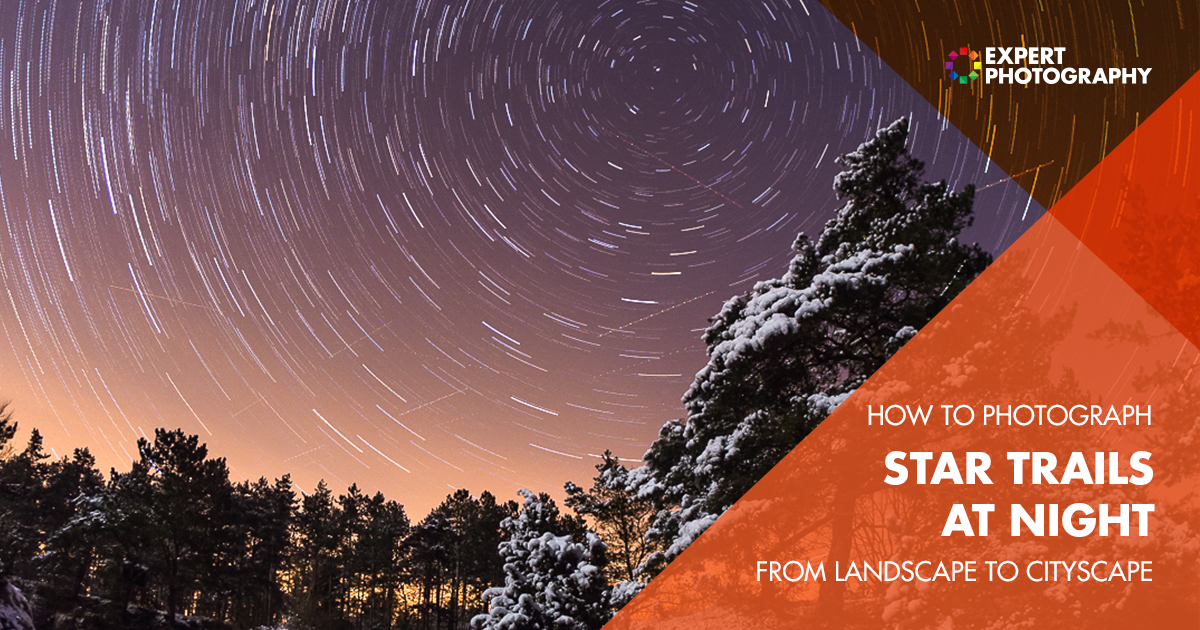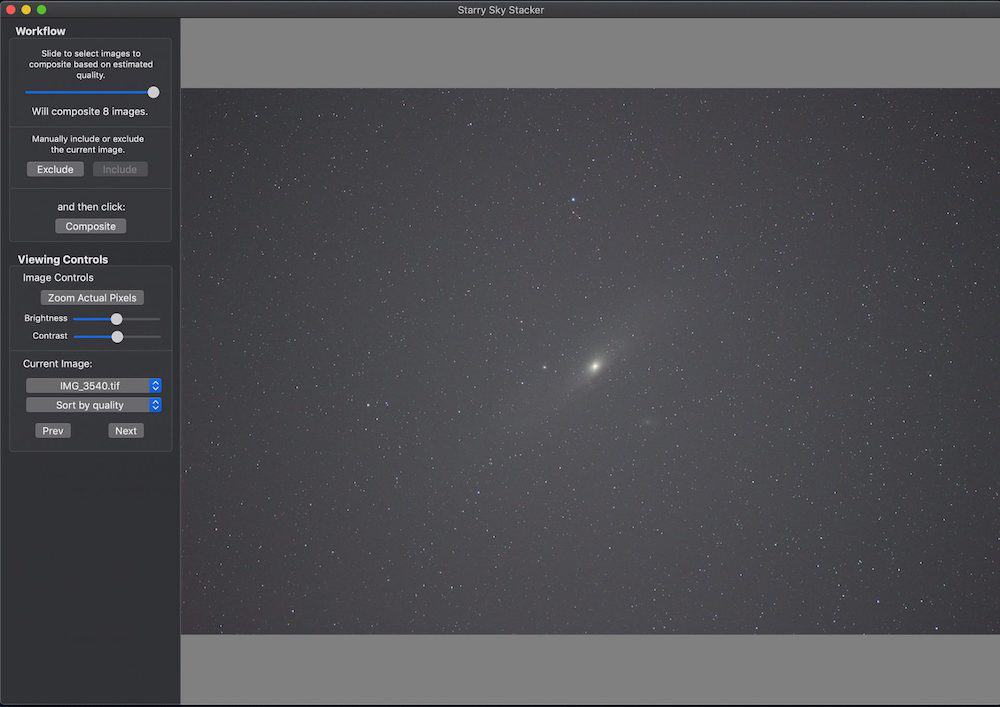

Starry Landscape Stacker will give you several different options depending on which algorithm you prefer. Go ahead and save your final output image as a 16-bit TIFF file. This typically does not take very long.Īfter processing, your app will align all the stars and produce an image that should look like your single Milky Way photos, only with a little less noise. You will see the program aligning the images with one particular image, which will show in a small dialog box at the top of the application. You can zoom in to see the actual pixels and control the size of the brush, similar to other photo editing programs. If the mask is wrong, paint in more of the sky or erase it from the foreground. Blue sky maskĬlicking Find Sky will result in a blue mask in what Starry Landscape Stacker thinks is the night sky. Above, I’ve also added some more in the arch of the rock formation. Add some more quickly around the edges of the sky and along the foreground and anywhere else there are stars. Your sky should be covered with red dots, each one allegedly representing a star. The stars will trail and it will be covered in red dots. In Starry Landscape Stacker, select your ugly looking TIFF files. They will then be ready for stacking! Stacking sky images

However, the process is about the same for Sequator. I’ll use Starry Landscape Stacker as the example, since I have a Mac.

You may stack them in Photoshop, but these programs simplify the process and are either inexpensive or free.


 0 kommentar(er)
0 kommentar(er)
